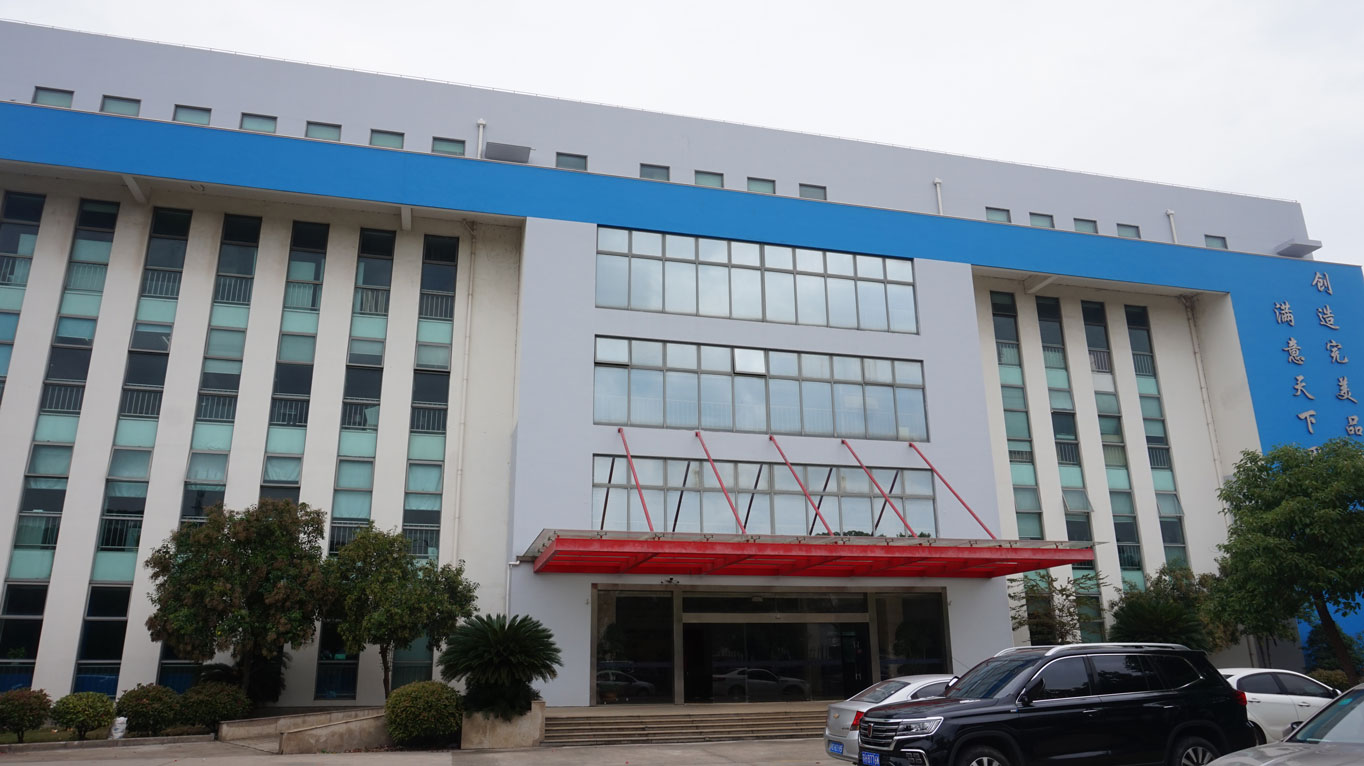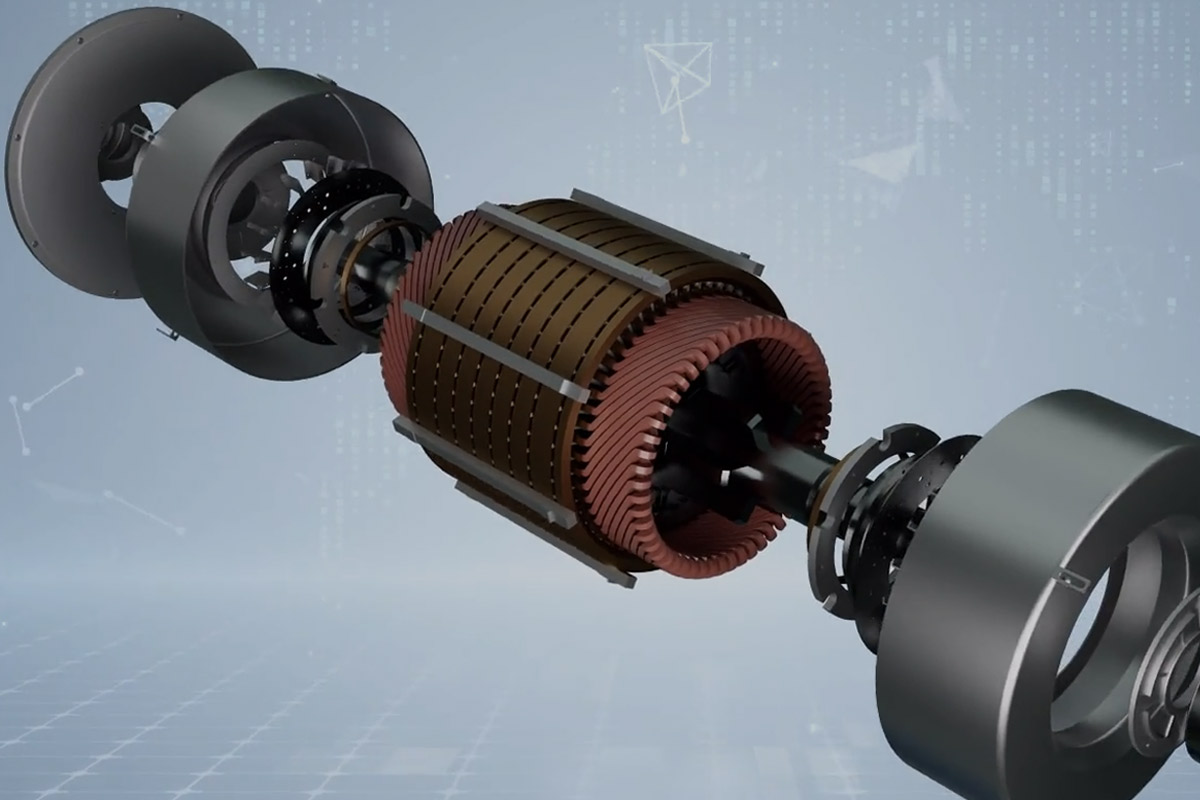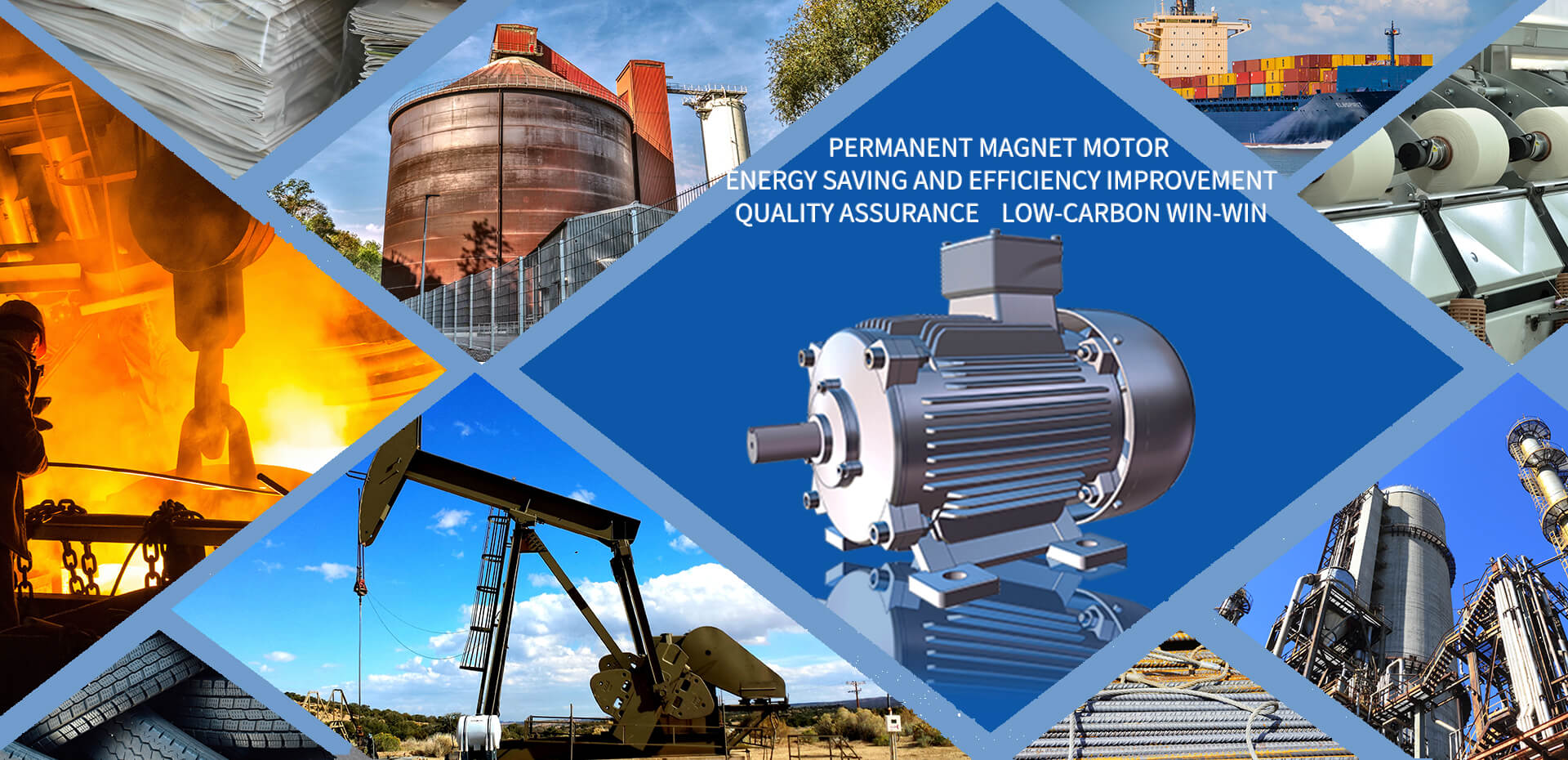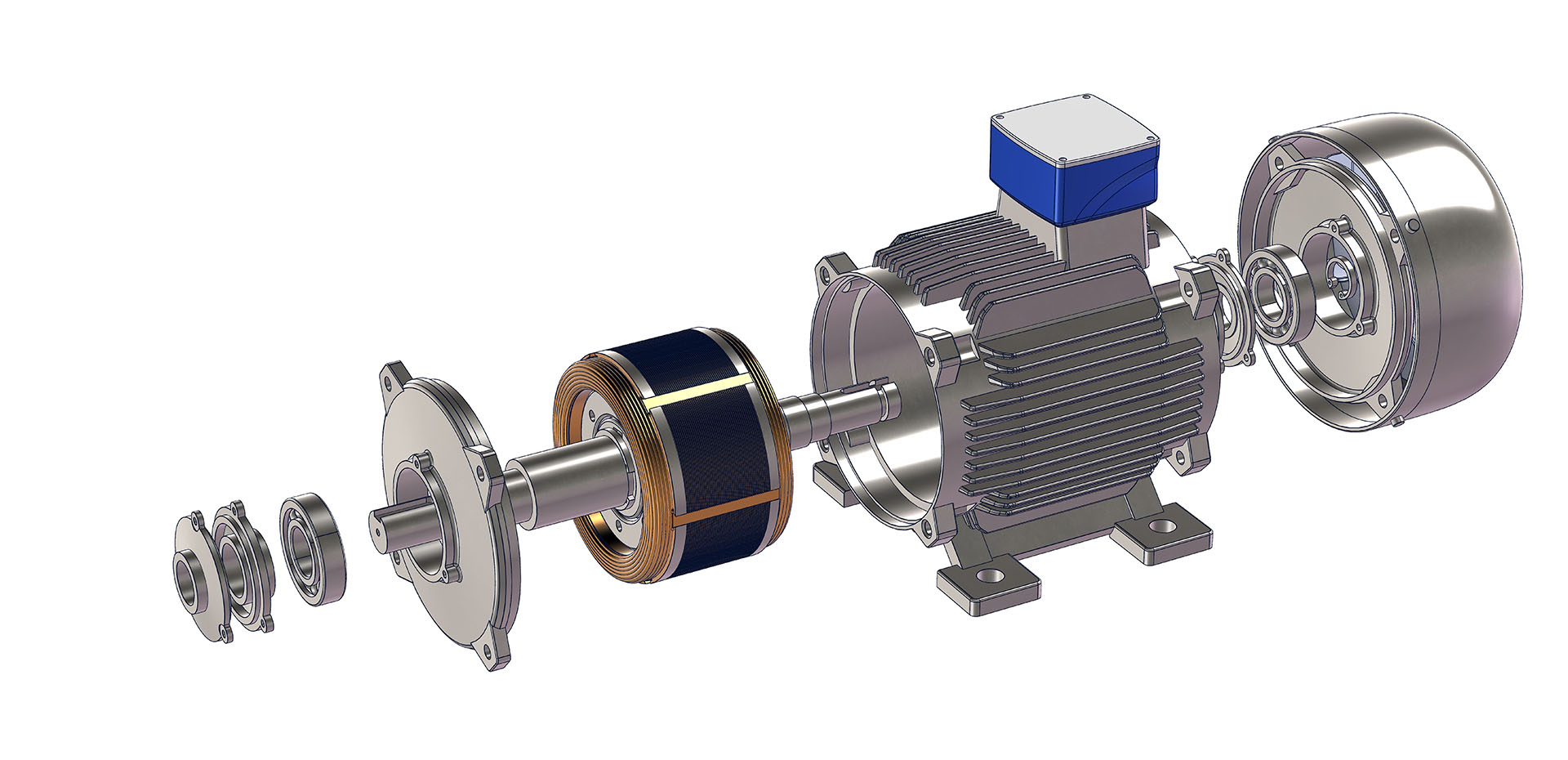About Us
WorldFocus Energy Technology (Beijing) Co., Ltd. is an innovative high-tech enterprise that provides all-industry and full-scale motor efficiency enhancement solutions and services, and is committed to becoming a leader in the global high-efficiency rare earth permanent magnet synchronous motor industry. We have a research and development team with over 30 years of experience in the development and research of rare earth permanent magnet synchronous motors. In the production process, we use leading technologies and advanced processes at home and abroad to fundamentally ensure the precision and stability of permanent magnet synchronous motors in all aspects, improve the efficiency and energy conservation of the motor, and provide you with a green and low-carbon production method. Together, we contribute to achieving the "dual carbon" goal.

"Energy Efficiency Star" products by the Ministry of Industry and Information Technology
Energy Conservation Certificate
ISO management system certification
Patent
Utility model patents
Explosion-proof certificate
...

View More Application
Metallurgical industry
The metallurgical industry is a high-energy-consuming industry. The electricity cost of large iron and steel enterprises accounts for about 10% of the total production cost, and its electricity consumption accounts for about 8.36% of my country's total electricity consumption. It is a key industry for promoting energy conservation and emission reduction. There are many electrical equipment in the industry, including a large number of water pumps, fans, belt conveyors, etc., most of which are asynchronous motors. After using our permanent magnet synchronous motors, the average power saving rate of previous projects can reach 10-40%.
Cement industry
Electricity is an essential energy source for cement production, and it is used in raw material grinding, clinker calcination, and cement grinding. The industry's electricity consumption accounts for about 2.88% of my country's total electricity consumption. Under the background of "Double Carbon Targets", the cost of electricity consumption in the cement industry has risen sharply, and reducing energy consumption has become a rigid indicator for the elimination of outdated cement production capacity. Permanent magnet synchronous motors have become the key to reducing power consumption in the cement industry. Using our permanent magnet synchronous motors for transformation After that, the average power saving rate of previous projects can reach 10-40%.
Chemical Industry
The number of motors used in the chemical industry is large and consumes a lot of power. The power consumption of motors in most enterprises accounts for more than 70% of the total power consumption of enterprises. With the deepening of national energy conservation and emission reduction policies, it is imperative to promote the use of more energy-saving and efficient permanent magnet synchronous motors to replace old asynchronous motors. After using our permanent magnet synchronous motors, the average power saving rate of previous projects can be reduced Up to 10-40%.
Oil industry
As a large-scale energy industry, the petroleum industry is not only a manufacturing industry, but also a production-intensive industry. It needs to take a new road of industrialization with low resource consumption and less environmental pollution. Therefore, it is necessary to raise energy conservation and emission reduction to the same position as petroleum production. The power required is mainly used to maintain the operation of pumping units, oil pumps, water injection pumps and other equipment. After using our permanent magnet synchronous motors, the average power saving rate of previous projects can reach 15-55%.
Mining industry
In the mining industry, electric energy consumption is one of the controllable cost factors of mining enterprises. Controlling the energy consumption of motor equipment will bring considerable economic benefits and help achieve the "double carbon target". Mining motors are mainly used in hoists, belt conveyors, mills, flotation machines, water pumps and other equipment. After using our permanent magnet synchronous motors, the average power saving rate of previous projects can reach 15-30%.
View More News Center
-
 Policy Express | Relevant responsible comrades of the National Development and Reform Commission answered questions from reporters on the "Guiding Opinions on Coordinating Energy Conservation, Carbon Reduction and Recycling and Accelerating the Renovation and Transformation of Product Equipment in Key Areas" 2023-03-01
Policy Express | Relevant responsible comrades of the National Development and Reform Commission answered questions from reporters on the "Guiding Opinions on Coordinating Energy Conservation, Carbon Reduction and Recycling and Accelerating the Renovation and Transformation of Product Equipment in Key Areas" 2023-03-01 -
 Guiding Opinions of the National Development and Reform Commission and other departments on Coordinating Energy Conservation, Carbon Reduction, Recycling and Utilization, and Accelerating the Renovation and Transformation of Product Equipment in Key Areas 2023-02-27The amount of solar radiation per square meter in the Australian continent ranks first among all continents. It has abundant and high-quality solar energy resources, and has unique advantages in photovoltaic power generation. Under the background that carbon neutrality has become a global consensus, Australia is also working hard to promote energy transformation and increase the proportion of renewable energy power generation. The solar radiation per square meter of the Australian continent ranks first among all continents...
Guiding Opinions of the National Development and Reform Commission and other departments on Coordinating Energy Conservation, Carbon Reduction, Recycling and Utilization, and Accelerating the Renovation and Transformation of Product Equipment in Key Areas 2023-02-27The amount of solar radiation per square meter in the Australian continent ranks first among all continents. It has abundant and high-quality solar energy resources, and has unique advantages in photovoltaic power generation. Under the background that carbon neutrality has become a global consensus, Australia is also working hard to promote energy transformation and increase the proportion of renewable energy power generation. The solar radiation per square meter of the Australian continent ranks first among all continents... -
 Lantern Festival on the fifteenth day of the first lunar month, thousands of families enjoy the moon and laugh together 2023-02-05
Lantern Festival on the fifteenth day of the first lunar month, thousands of families enjoy the moon and laugh together 2023-02-05






